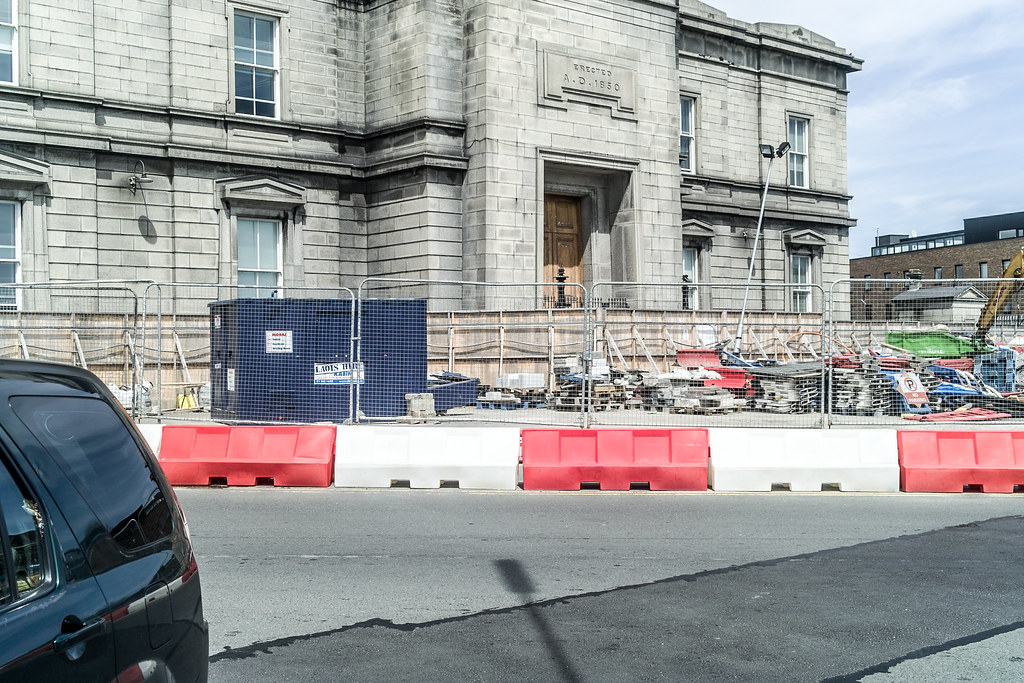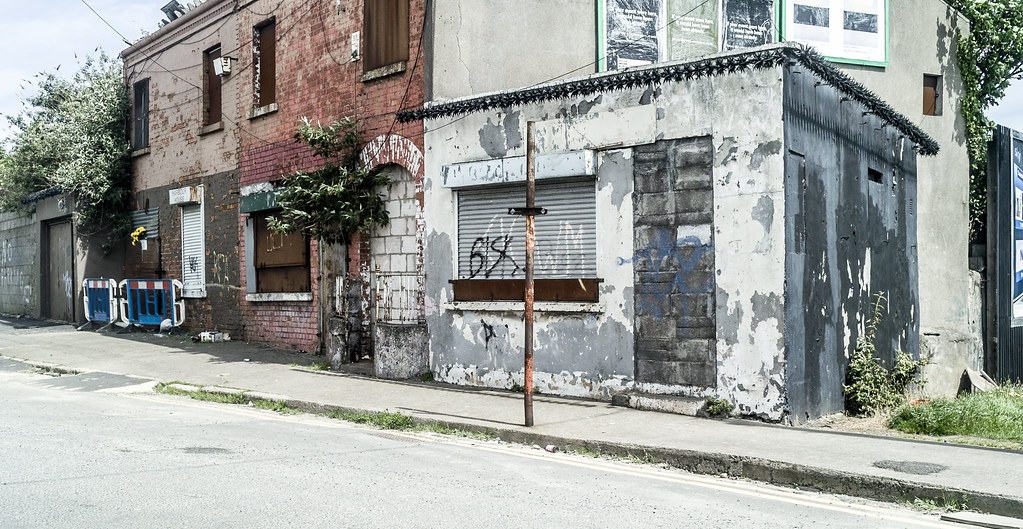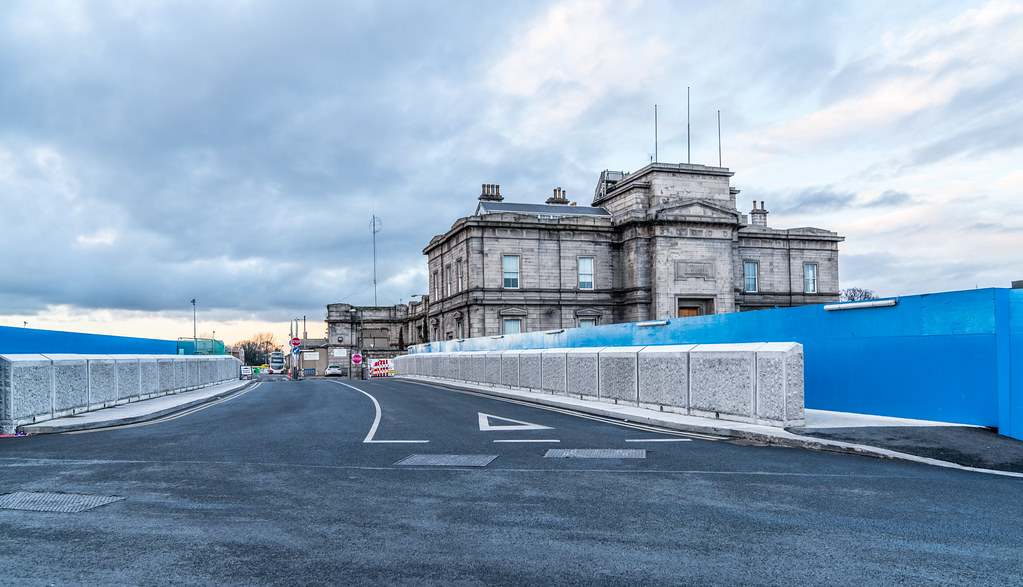BROADSTONE STATION
-

BROADSTONE STATION
-

DERELICT BUILDING
-

REDEVELOPMENT
-

OLD STATION BUILDING
In 1845 the Royal Canal was purchased by the Midland Great Western Railway Company for £298,059 with a view to using the land alongside the canal to construct a railway line to the west of Ireland. Broadstone railway station was completed in 1850. The building was one of Dublin's six original rail termini, the others being Westland Row (now Pearse Station) Amiens Street (now Connolly Station), Kingsbridge (now Heuston Station), North Wall and Harcourt Street (now a bar and nightclub complex).
Situated at the crest of Constitution Hill directly opposite King's Inns, the station served as the terminus of the Midland Great Western Railway. Designed by John Skipton Mulvany , Broadstone Station is constructed of granite in a neo-Egyptian style.
With Galway projected to become the main port for transatlantic passenger traffic between Europe and North America, the Midland successfully competed with its rival the Great Southern and Western Railway to reach it first. A special fourth class was introduced by the Midland for poor migrants from the west going to Britain for work. The line, which branched out to serve Sligo, Westport, Achill and Clifden, was also used to transport huge numbers of cattle.
It was about this time that the majority of the houses in the area were constructed, as dwellings for workers on the railway. Most of the worker's houses were built by the Artisan's Dwelling Company, which built many similar estates in Dublin and elsewhere, and houses of this type are now frequently described as Artisan cottages, regardless of their origin.
By the 1930s the railway was failing too and the last train arrived from Westport in 1937. In 1944 the Canal and Railway both passed into the ownership of the state transport company Córas Iompair Éireann (CIE), which transferred all its steam locomotives there in 1954. However when steam locomotion ended in 1961, Broadstone was closed. Foster Aqueduct was removed in 1951 to facilitate road widening.
Today the historic building is used as offices by Bus Éireann and the rest of the site is used a parking and servicing area for buses, with the main building mostly obscured by public housing and light industrial buildings.
Situated at the crest of Constitution Hill directly opposite King's Inns, the station served as the terminus of the Midland Great Western Railway. Designed by John Skipton Mulvany , Broadstone Station is constructed of granite in a neo-Egyptian style.
With Galway projected to become the main port for transatlantic passenger traffic between Europe and North America, the Midland successfully competed with its rival the Great Southern and Western Railway to reach it first. A special fourth class was introduced by the Midland for poor migrants from the west going to Britain for work. The line, which branched out to serve Sligo, Westport, Achill and Clifden, was also used to transport huge numbers of cattle.
It was about this time that the majority of the houses in the area were constructed, as dwellings for workers on the railway. Most of the worker's houses were built by the Artisan's Dwelling Company, which built many similar estates in Dublin and elsewhere, and houses of this type are now frequently described as Artisan cottages, regardless of their origin.
By the 1930s the railway was failing too and the last train arrived from Westport in 1937. In 1944 the Canal and Railway both passed into the ownership of the state transport company Córas Iompair Éireann (CIE), which transferred all its steam locomotives there in 1954. However when steam locomotion ended in 1961, Broadstone was closed. Foster Aqueduct was removed in 1951 to facilitate road widening.
Today the historic building is used as offices by Bus Éireann and the rest of the site is used a parking and servicing area for buses, with the main building mostly obscured by public housing and light industrial buildings.



